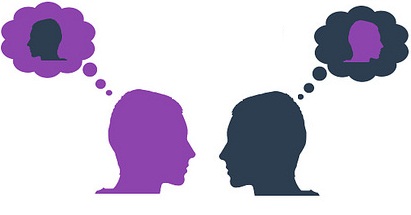Blog, Interpersonal Conflict
Empathy, prosocial behaviors and cooperation: can empathy be learned?
By Regina Kim Empathy, broadly defined as an ability to see the world through others’ eyes, sensing and understanding their thoughts, intentions and feelings in the same way as they do, is an integral part of our lives as we navigate through our social communities. Because it’s the cornerstone of pro-social behaviors, empathy has been widely studied and research shows that empathy reduces racial bias, discrimination, aggression, and violence. Given what we know about empathy and its effects on social relationships, can we teach people to be empathic? The answer is yes, at least for children. In a recent longitudinal case study on the impact of Roots of Empathy program psychologists (Praszkier, 2014) document that the program significantly reduced aggression among school children while raising social/emotional competence and increasing empathy and pro-social behaviors. A Roots of Empathy Instructor guides the children as they observe the relationship between baby and parent, helping them understand the baby’s intentions and emotions. Through this model of observational learning which highlights the process and sometimes difficulty of understanding another mind, the baby serves as “teacher” and catalyst, helping children identify and reflect on their own thoughts and feelings in relation to those of others around them.
Such may have implications for mediators and negotiators. Although the training has yet to be tested in adults, a model of experiential learning could be used as a technique to achieve better outcomes in conflict resolution. Because this technique exposes the process of inference of what others are thinking and feeling, it should allow opposing parties to think of and feel the other person’s point of view, which may in turn lead to more constructive outcomes or agreements.
Reference:
Praszkier, R. (2014). Empathy, mirror neurons and SYNC. Mind & Society. DOI 10.1007/s11299-014-0160-x
Photo Source: Flickr user Sean MacEntee
Categories: Blog, Interpersonal Conflict
Published May 27, 2015
